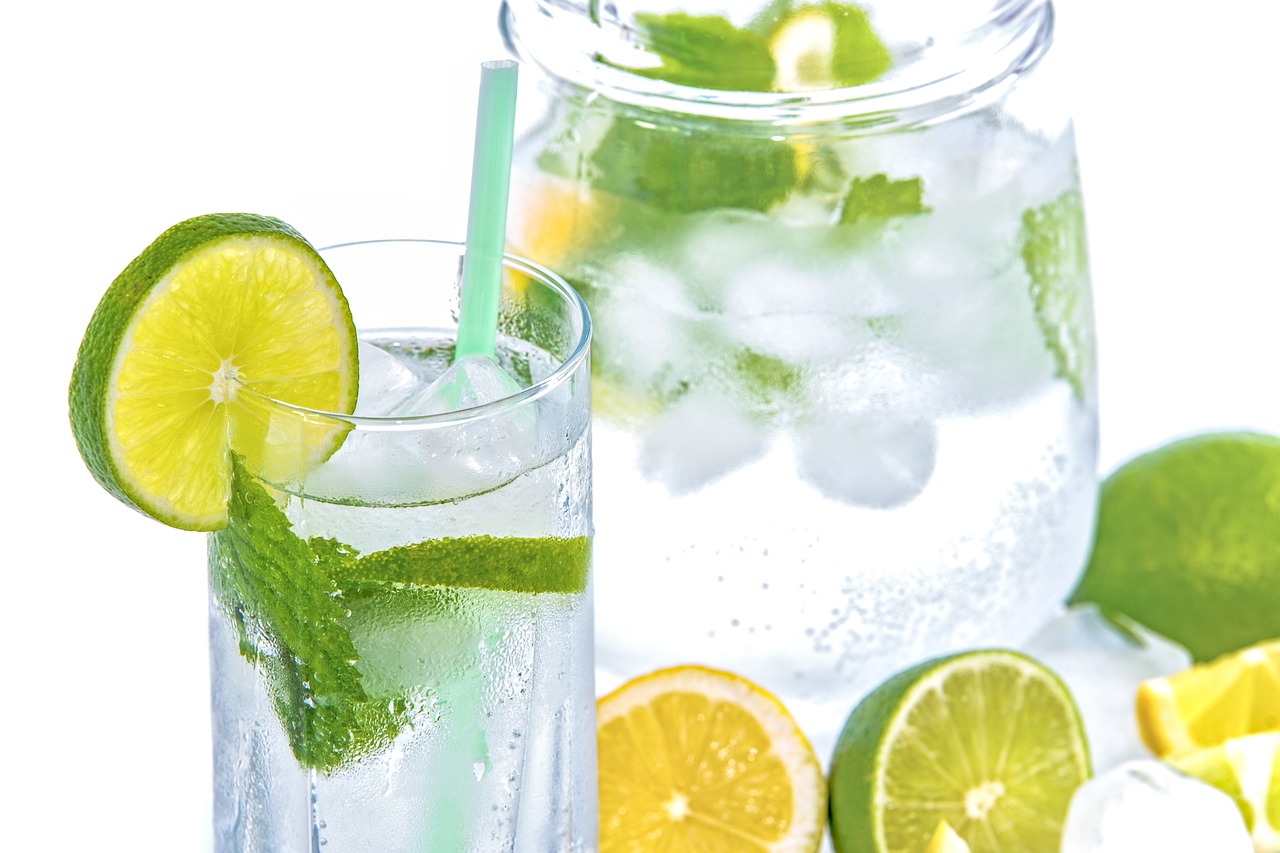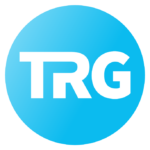Dry January & The Rise of Non-Alcoholic Drinks
18 January, 2023

The Rise of Non-Alcoholic Drinks
Fewer adults are planning to participate in Dry January this year, but among those who say they’re taking part, more are planning to cut it out entirely, creating opportunities for more brands to branch out and create non-alcoholic/low-alcohol beverages. In this blog, we cover everything you need to know about the Dry January trend, and how retailers and brands can use it to their advantage.
Dry January is a trend that has experienced a significant rise in the last few years, as the global pandemic caused more consumers than ever to evaluate their physical wellness and alcohol intake.
With consumers currently taking part in Dry January by either cutting alcohol out entirely, or significantly cutting down their intake – calling it ‘Damp January’, it’s now presenting year-long opportunities for non-alcoholic beverage brands.
In previous years, supermarket sales of non- and low-alcohol beer have jumped up almost 40% in most January months as the UK continue to challenge themselves. However, since this year has shown a slight drop in participants due to the challenges that the economy has faced recently, it resulted in more adults cutting out drinking before the year had started – causing the demand for adult soft drinks to rise.
As consumers continue to embrace wellness, their beverage purchasing decisions definitely reflect the changes.
What is the reason behind Dry January?
Dry January is a popular health and wellness craze where people refrain from consuming alcohol for the entire month. The concept emerged in the UK back in 2012 as a public health movement launched by the charity Alcohol Change UK to help reduce the impact of alcohol on people’s weight, health, and finances.
Millions of people all over the world take part in this campaign, and it has now become one of the most important aspects influencing consumer goods demand. Although Dry January is still quite niche, the impact it has on retailers and FMCG brands still increases each year but in different ways.
How Brands Can Use Dry January.
Dry January can sometimes be a negative force for beverage businesses, but like other growing supermarket beverage trends, there are numerous ways to utilise it to preserve, and even increase sales. The most vital thing is to discover how much of your customer base follows the trend and to also try and understand why.
Here are some ways in which you can use the trend to make the most out of it:
Invest in non-alcoholic & low-alcohol drinks: The most straightforward and most popular solution for alcoholic beverage brands to benefit on the Dry January trend is to invest in non-alcoholic and low-alcohol beers and spirits.
Many of the big brands like Heineken, Coors and Budweiser have all brought in their own low or non-alcoholic options to the market in recent years. This has since allowed them to make the most of the trend without needing to sacrifice their existing brand and market shares. These options allow brands to tap into the new health and wellness market that happens all year round.
Make the most out of your marketing: If you don’t offer non-alcoholic beverages, you could still use various marketing tools. A lot of brands that only offer alcoholic drinks usually try and make light of the trend and target those who don’t take part – and it’s important that you aren’t too critical of the trend or talk negatively over those who do stick to it.
Binge drinking has become extremely common, even more so since the pandemic, so try to understand why this trend has grown and why consumers are starting to follow it, as this can help you to really target your marketing to a specific audience successfully.
Offer promotions: Another options that many brands use is to offer promotions that will only occur during Dry January – whether it’s a specific percentage sale like 23% off to celebrate the New Year or buy 2 and get your third half price.
You also need to try and understand how you can measure trade promotion effectiveness, so you don’t waste your time and money on campaigns that aren’t remotely effective – consider using retail data to target your promotions in the top markets at peak times.
Regular Drinks Brands.
You also have the drinks brands that aren’t involved with alcoholic beverages at all. These businesses are in the best position to take advantage of Dry January’s increased sales and revenue. Since there’s a large population who actively avoid alcohol, you have the potential to target this market in your promotions and marketing strategies – acknowledge this trend and promote how your drinks are the better option for consumers during this time.
Seltzer water, soft drinks, and other drinks all experience moderate gains during January whilst the alcoholic drinks usually experience a dip. Try looking at retailers like Tesco, Sainsbury’s and Waitrose offering brands such as Lucky Saint, Trip and even Gordon’s.

